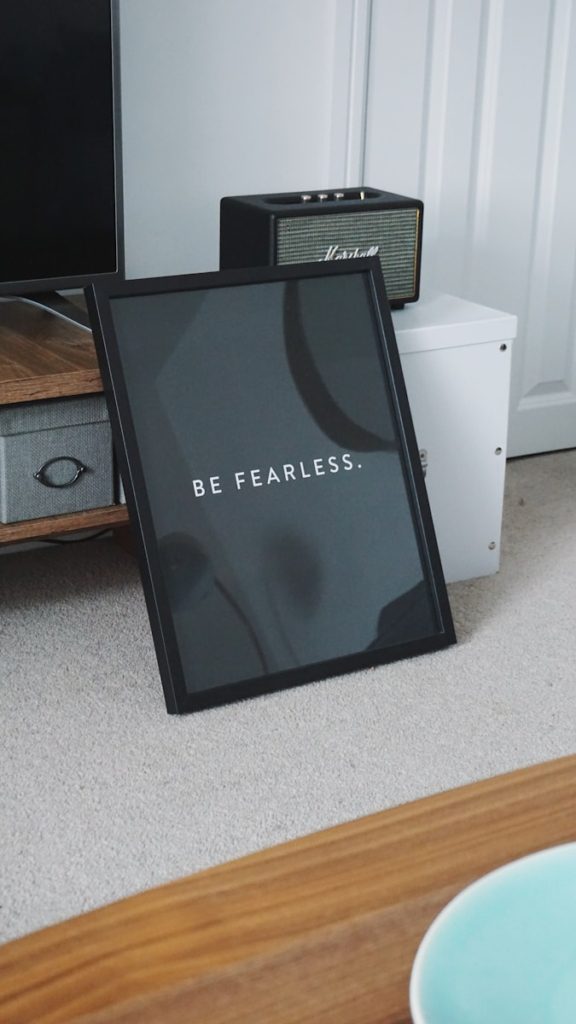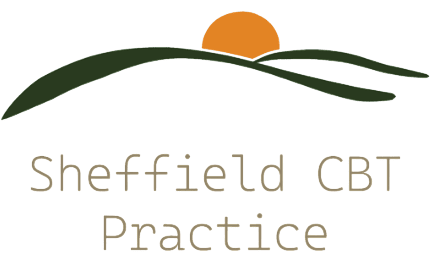CBT for Phobias
What Is a Phobia?
A phobia is more than a simple fear—it is an intense, irrational, and persistent fear of a specific object, animal, place, or situation. Phobias are classified as a type of anxiety disorder, and the distress they cause can be overwhelming, often leading individuals to go to great lengths to avoid their triggers. This avoidance can significantly interfere with daily life, relationships, and opportunities, particularly when the phobia involves something you encounter frequently.
Phobias are generally divided into two main categories:
- Simple Phobias: These involve a fear of specific things, such as spiders, heights, flying, enclosed spaces, or needles. Although the fear is focused on a particular object or situation, it can still provoke extreme anxiety or even panic attacks.
- Complex Phobias: These are more deeply rooted and often involve fear of broader scenarios, such as agoraphobia (fear of open or crowded spaces) or social phobia (fear of social interactions or public scrutiny). Complex phobias can be particularly debilitating as they often affect multiple aspects of a person’s life.
Phobias can range from mild discomfort to severe distress, but they all have one thing in common: the anxiety response is disproportionate to the actual level of danger posed by the trigger. Despite this, the fear can feel completely uncontrollable.
The good news is that phobias are highly treatable. Cognitive behavioural therapy (CBT) is an effective approach, helping individuals understand and challenge their fears while gradually reducing their anxiety. With the right support, it’s possible to regain control and live a fuller, more confident life.

Symptoms of Phobias
The symptoms of phobias vary depending on the individual and the nature of the phobia. Common signs include:
- Intense anxiety or panic when confronted with the source of your phobia.
- Physical symptoms such as a racing heart, sweating, trembling, or feeling faint.
- Avoidance behaviours, which may involve reorganising your life to steer clear of the trigger.
For simple phobias, like a fear of spiders or flying, symptoms may only occur during specific encounters. For complex phobias, such as agoraphobia, the anxiety can be more pervasive and disruptive.
If you’d like to discuss your concerns or book an appointment, call us on 0114 383 0004.
How Can Therapy Help?
Cognitive Behavioural Therapy (CBT) is a highly effective treatment for phobias. It can help you to:
- Gradually confront your fears through a process called desensitisation or exposure therapy, reducing the anxiety they cause.
- Understand the root of your phobia and how it impacts your thoughts and behaviours.
- Build confidence and develop practical coping strategies to manage your reactions.
With support, almost all phobias can be successfully treated and overcome.
How Many Sessions Will I Need?
Treatment for phobias typically requires between 6 to 12 sessions of CBT. The number of sessions may vary depending on the complexity and severity of your phobia.

If you’d like to discuss your concerns or book an appointment, call us on 0114 383 0004.
Further information regarding Phobias can be found at www.nice.org.uk
